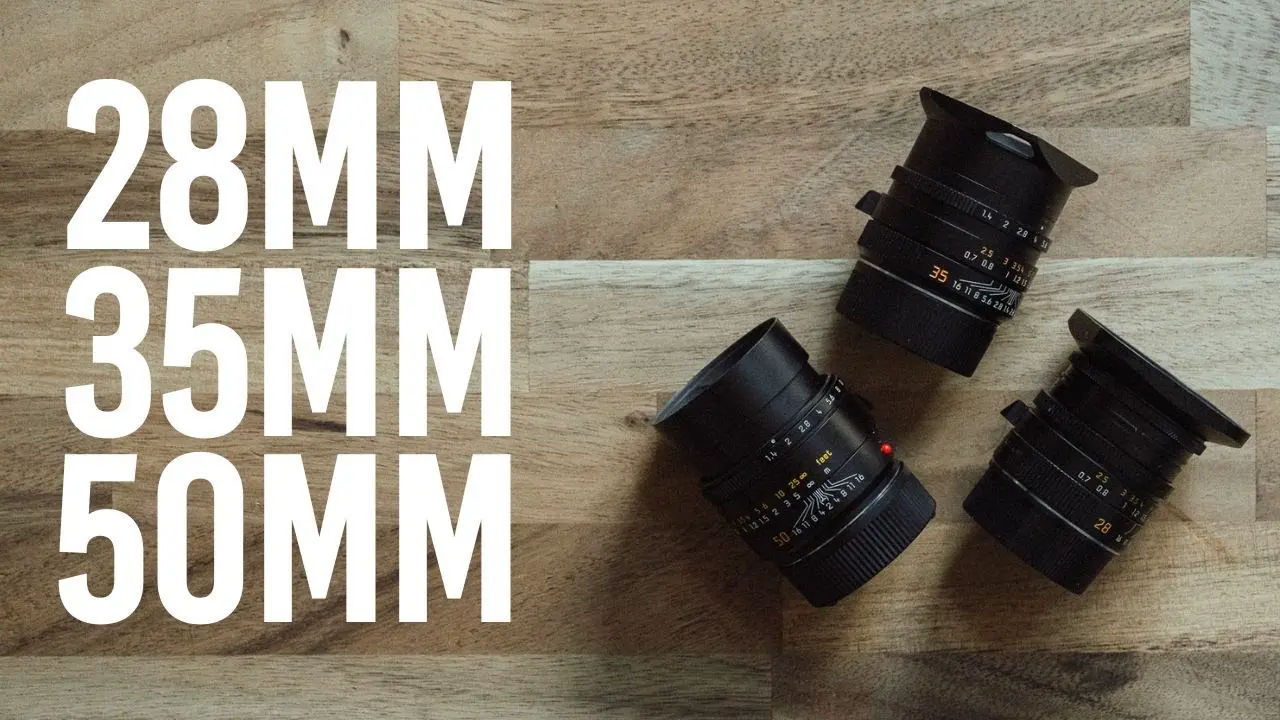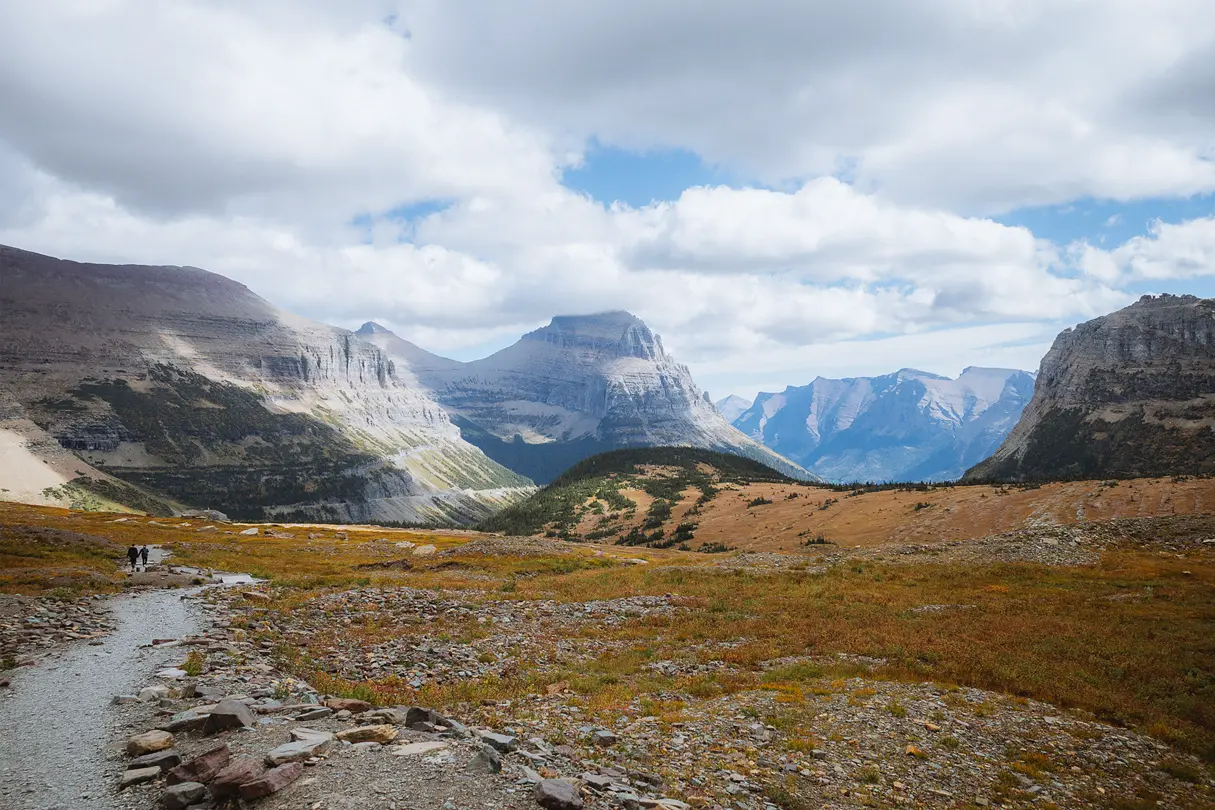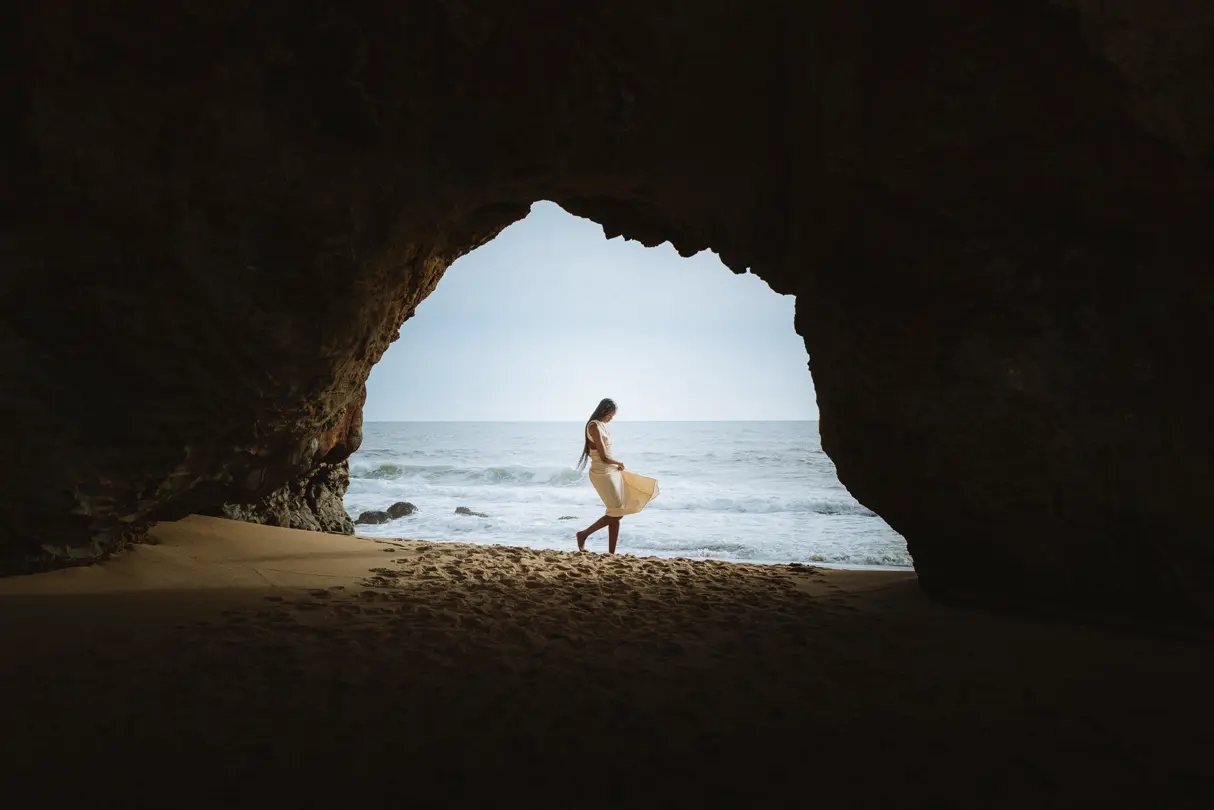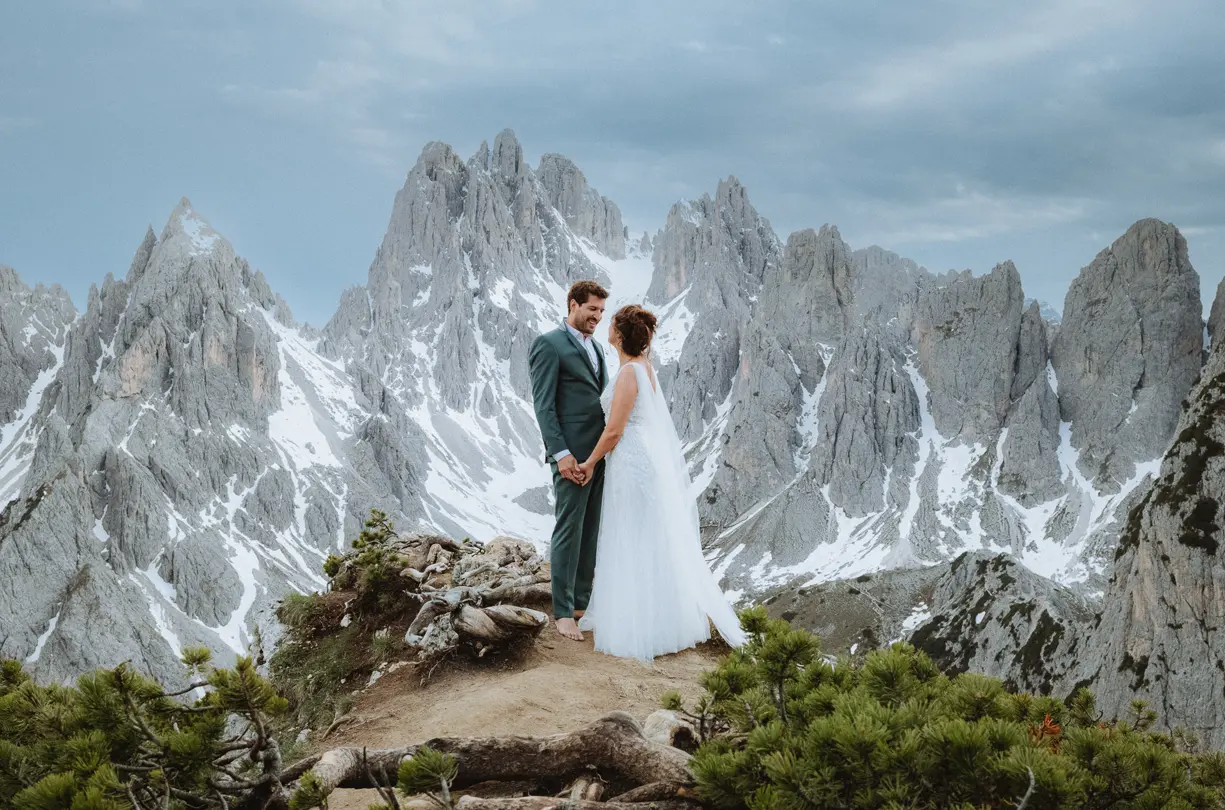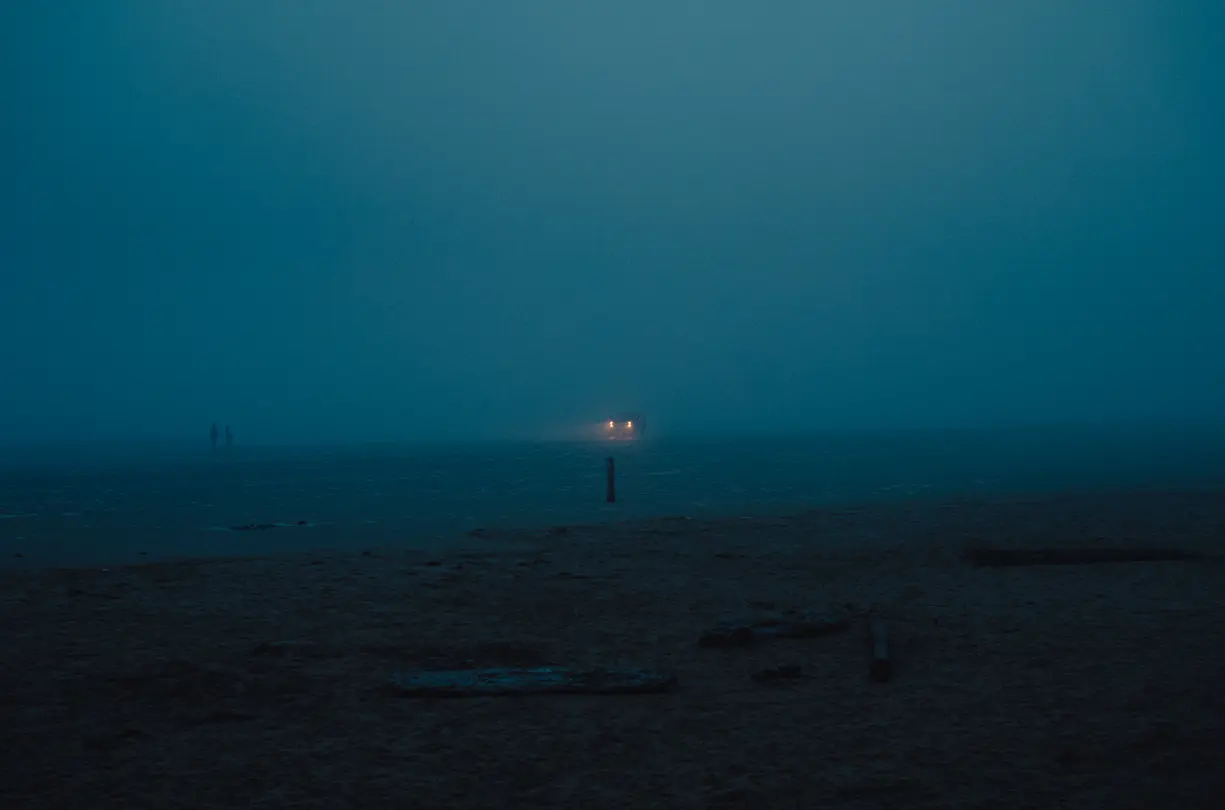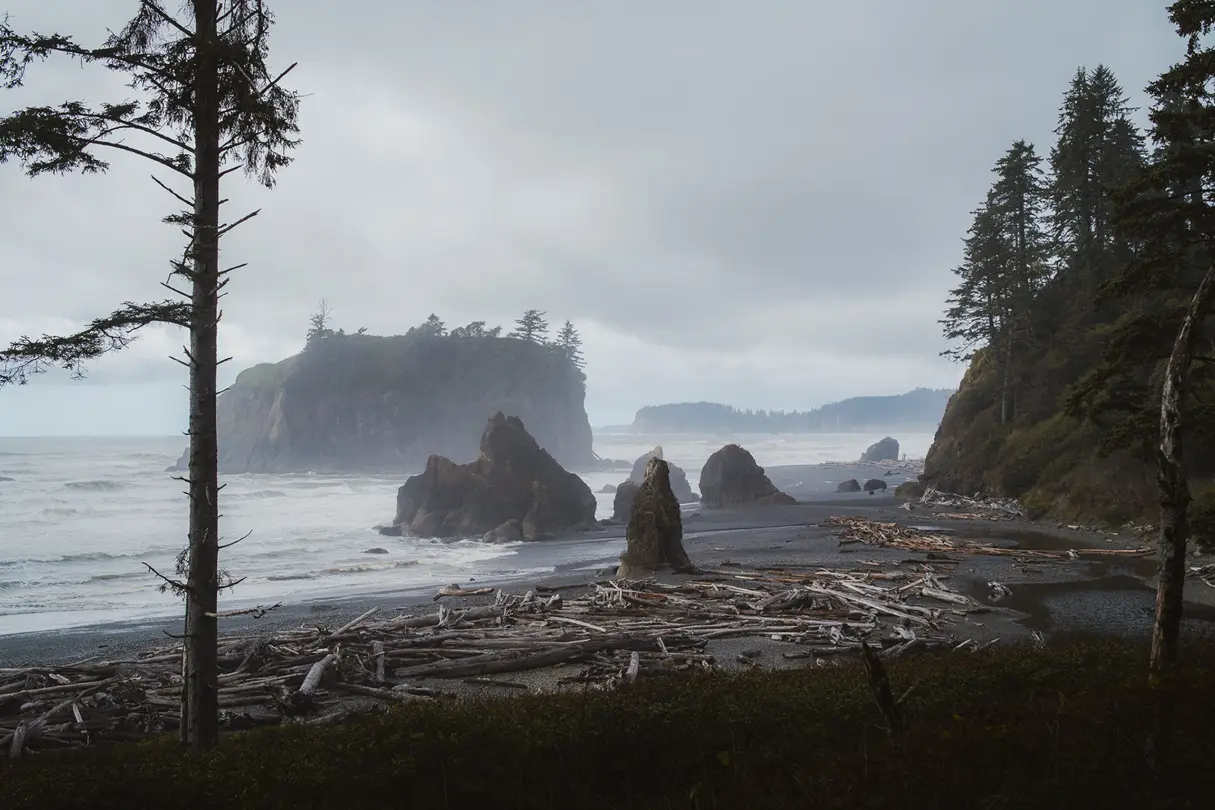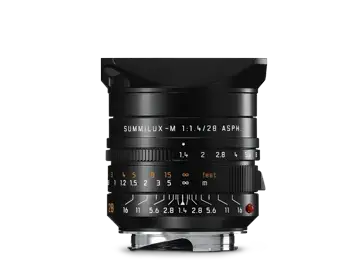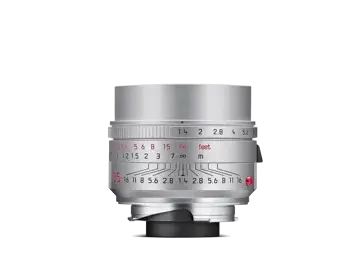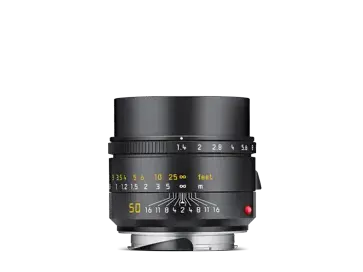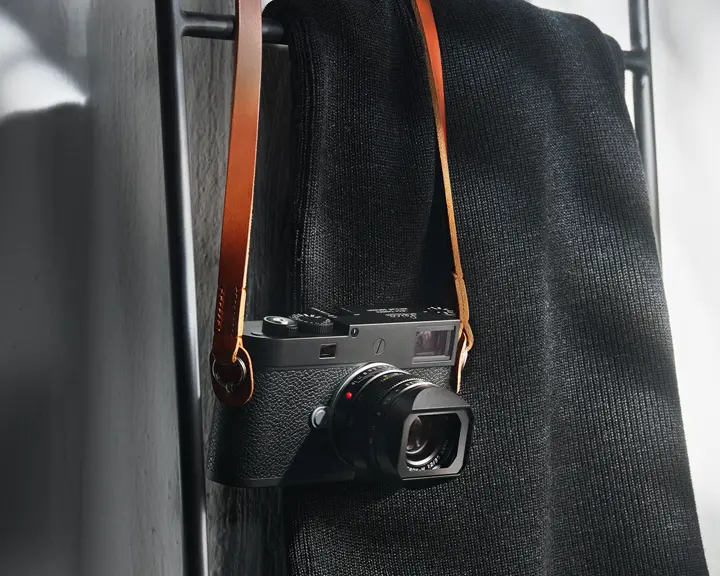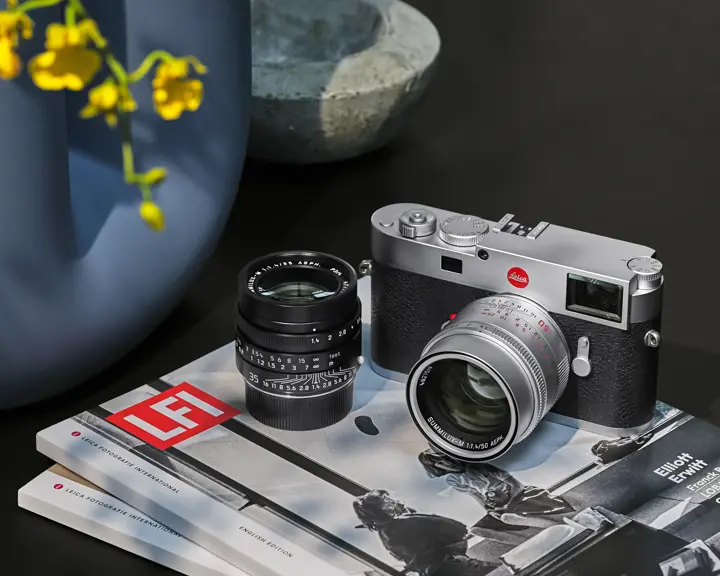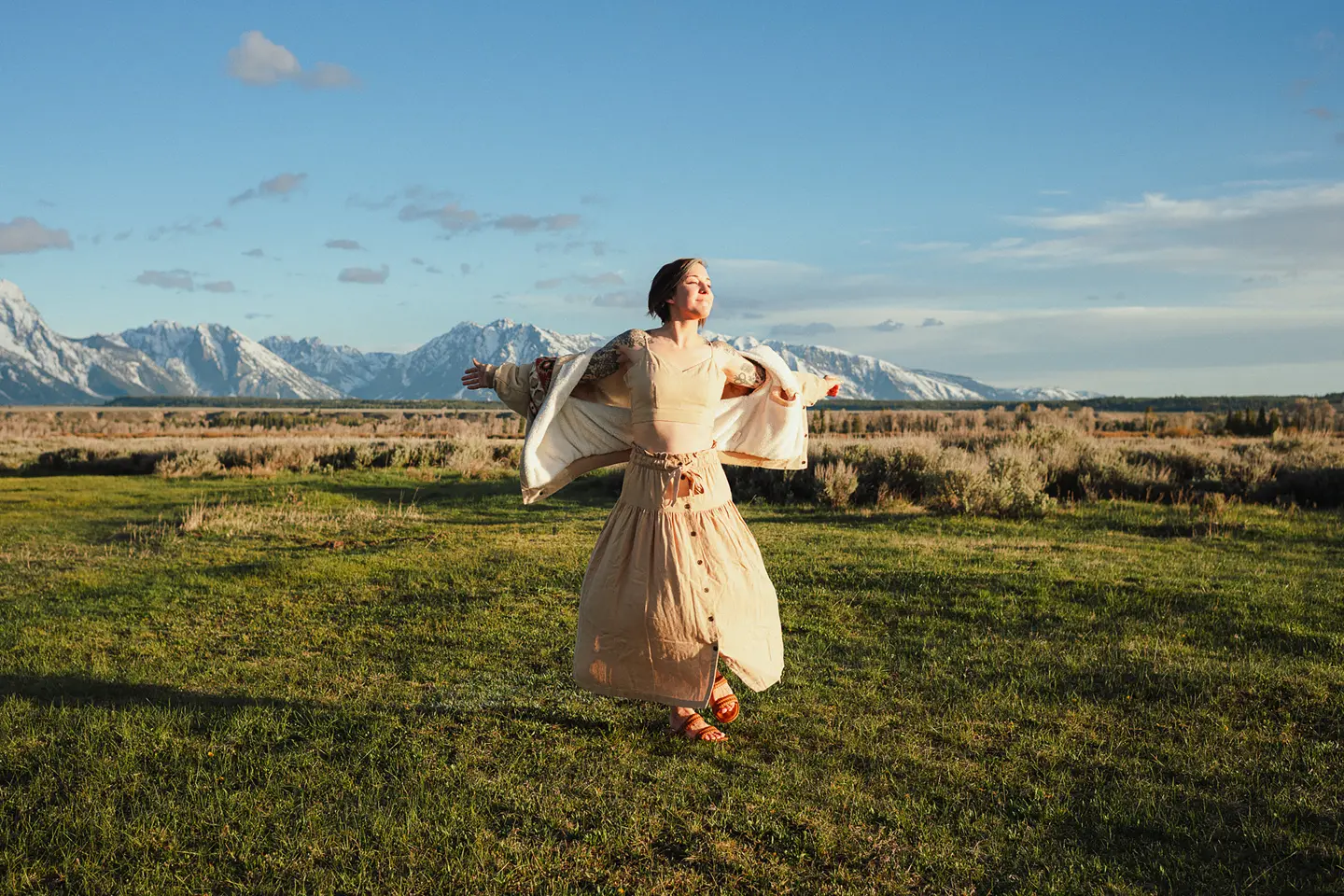
The Best Focal Length
35mm is My All-Time
Favorite Focal Length
I remember over a decade ago, I was watching a music video by one of my favorite musicians when I saw a camera in his hand - a Leica - and immediately tried to figure out what lens he was using. By a single side-shot of the hood, I recognized that he was using a 35mm Summilux. That happens to be my all-time favorite lens. More than that, 35mm is my all-time favorite focal length.
It must be his too, as I later saw him with a 35mm Summicron in another music video. My artist twin! Surely, as another lover of 35mm, I could one day write songs or play guitar as well as he can...right? Probably not. Actually, certainly not.
In the video, I explore what draws us to one of the common focal lengths of 28mm, 35mm, and 50mm. What makes one our favorite over another? When and how should we use them?
First Up, Let’s Talk About 28mm
28mm is usually small, lightweight, and is a great complement on an M body. It can be the king of everyday carry. This is a fairly wide lens. To put it into perspective, first understand that we see in three dimensions (obviously). But for this point to make sense, let’s simplify it to how deep we see and how wide we see. In terms of width, well… we see very wide. We have these wonderful anamorphic eyes that can see nearly 190° of width. In terms of depth, we see somewhere between a 35mm and a 50mm.
Now back to my original statement - it’s a wide lens, particularly when it comes to depth. It sees a lot of things, but those things can be a bit small in the frame. I know plenty of people who are die-hard 28mm photographers because of the stories they can tell in street photography, urban and cityscapes, lifestyle, and even landscapes. But for me, though, 28mm is just a bit too wide for my everyday use. I don’t love how small things get in the frame, especially things that are far away. They’re nearly half the size I perceive with my eyes. And it’s for this reason that I, like my favorite musician, am drawn to the 35mm.
I Believe 35mm is the Most Artistic
of All Focal Lengths
It’s almost human… just slightly wider than our eyes in terms of depth. It’s just ever-slightly unnatural without entering the uncanny valley. For the work I do, 35mm is great as an everyday lens as well as the lens that gets the job done. It’s fantastic for landscapes. It’s fantastic for environmental portraits. It’s amazing for capturing life and all its nuances. It’s truly an incredible focal length.
Would I use it for architecture or real estate? Probably not. I also wish at times that 35mm would give me just a little more separation, even at f/1.4. But I’m happy with the trade-offs. When I need more separation, I turn to the third common focal length: 50mm.
It’s Undeniable That 50mm is Perhaps the Most Human Focal Length
It looks nearly identical to how we see things in terms of depth. I think this is why some of the most timeless work ever created seems to always be done on a 50mm lens. I also feel that at 50mm, you really start to see lens character.
I use 50mm for portraits and for deep landscapes. But I’ll admit, I often struggle with 50mm feeling a bit too tight for the work I do. And to get that nice separation, I have to give up a little portability and size. While you can find a small and compact 50mm, they tend to get larger and heavier with wider apertures.
Now Let’s Get Really Practical
By now, you probably fully understand how much I love 35mm, but in my day-to-day life and application of personal photography, I’m revisiting many of the same places I normally do but with a different setup. It would be so easy to take the 35mm on a daily photowalk.
But growth doesn’t come with ease; it comes with resistance. Getting out of your norms and embracing something challenging for you is an incredible growth opportunity. I’ve personally found that repetition with new experiences has helped me grow as a photographer. I love taking my M6 with the 50 Summilux along the same route I walked the day before with my M11 and 28mm Summicron. I have learned not only what works, but when it works, and most importantly - why it works when it does.
You may be learning what focal length you love, or you might already be certain. Or, you could find yourself evolving. I just spent a week in the desert using only the M6 and 28mm. I have to say… maybe I’m actually evolving right now myself.
Final Thoughts
The point is, you have to put in the time and be open-minded to find what works best for you.
And if you want to see dozens of examples or hear more information on pros and cons of each focal length as I see them, then be sure to watch the video above!
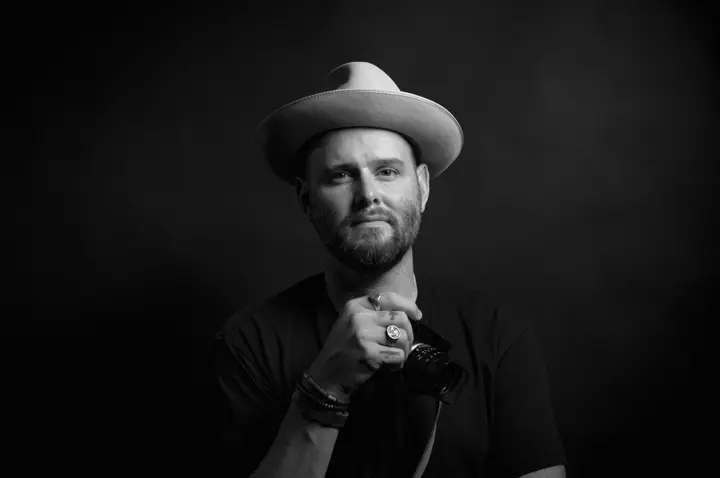
Dave Herring is a photographer and cultural philosopher with a background in nonprofit management and creative direction. Dave grew up on the east coast but eventually moved to Germany as a young man. It was there he fell in love photographing landscapes. After moving back to the US, his work in nonprofit shaped him as a photographer, filmmaker, storyteller, speaker, and author, bringing human-centric stories and experiences to light. Today he lives in the Bay Area, California, and continues to document life, land, and legacy with his Leica M6 & M11.
Website: https://dave.online
Instagram: https://instagram.com/daveherring
YouTube: https://youtube.com/@davidherring
